Amur leopard (Panthera pardus orientalis)
[landscape position]
[portrait position]

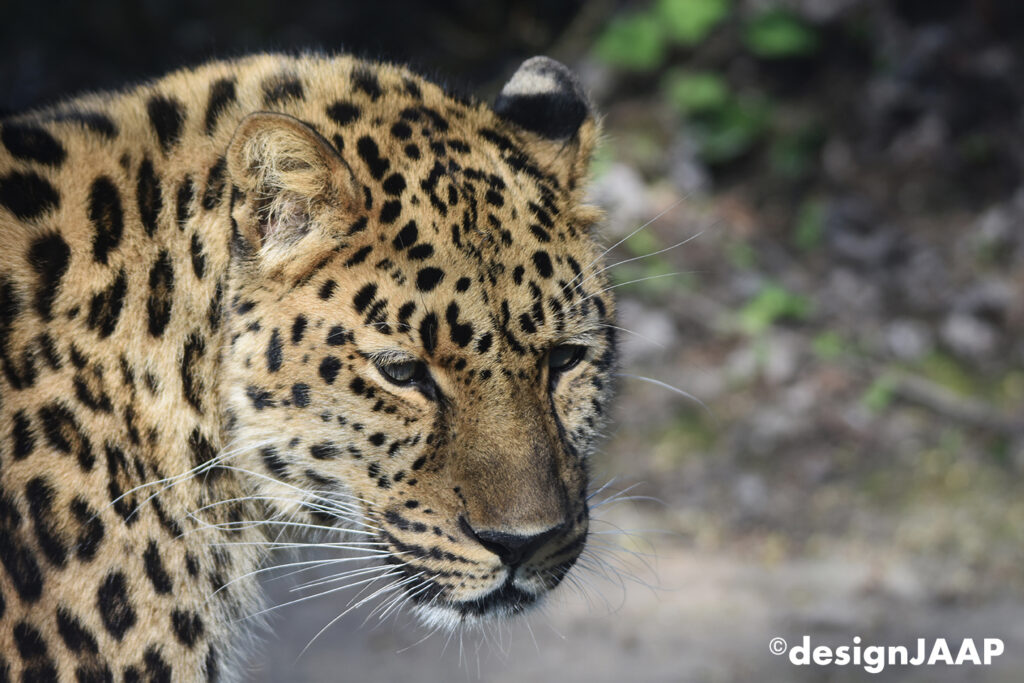
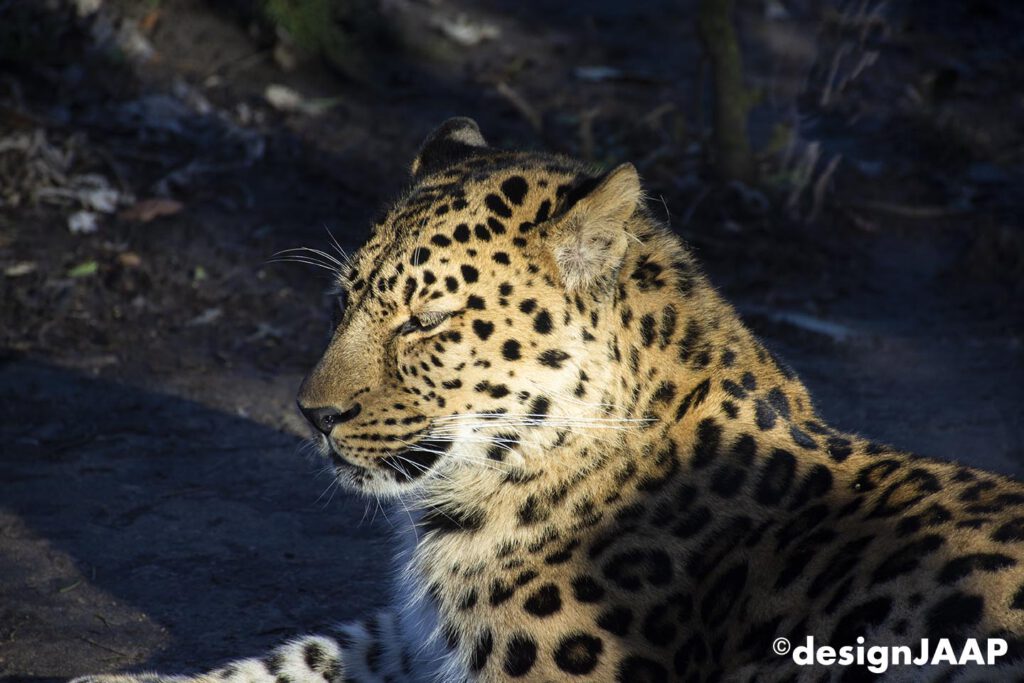
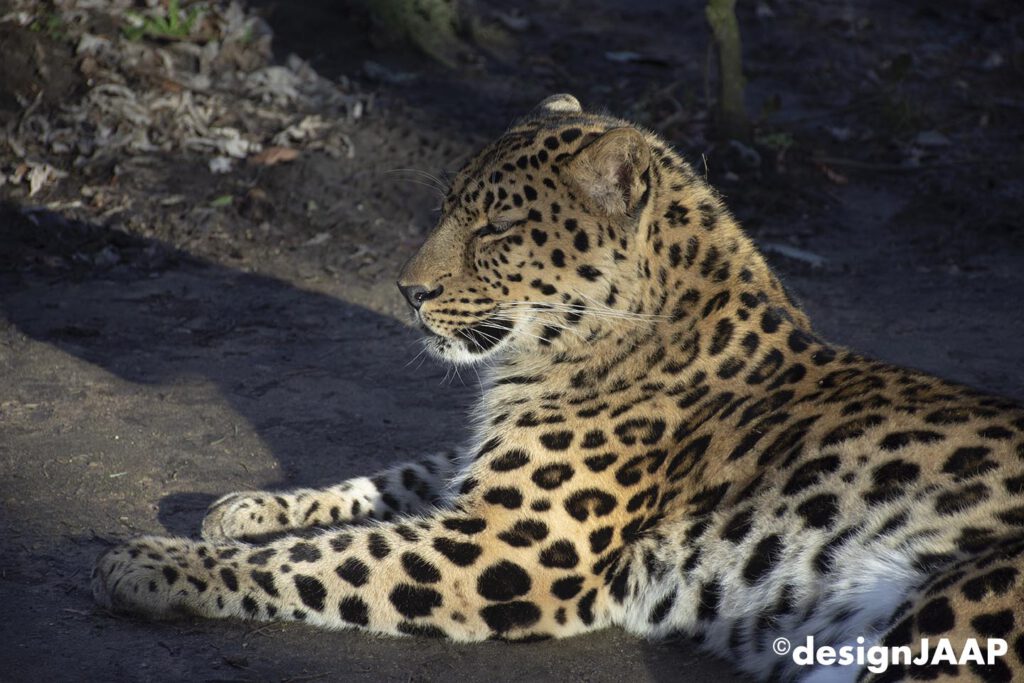
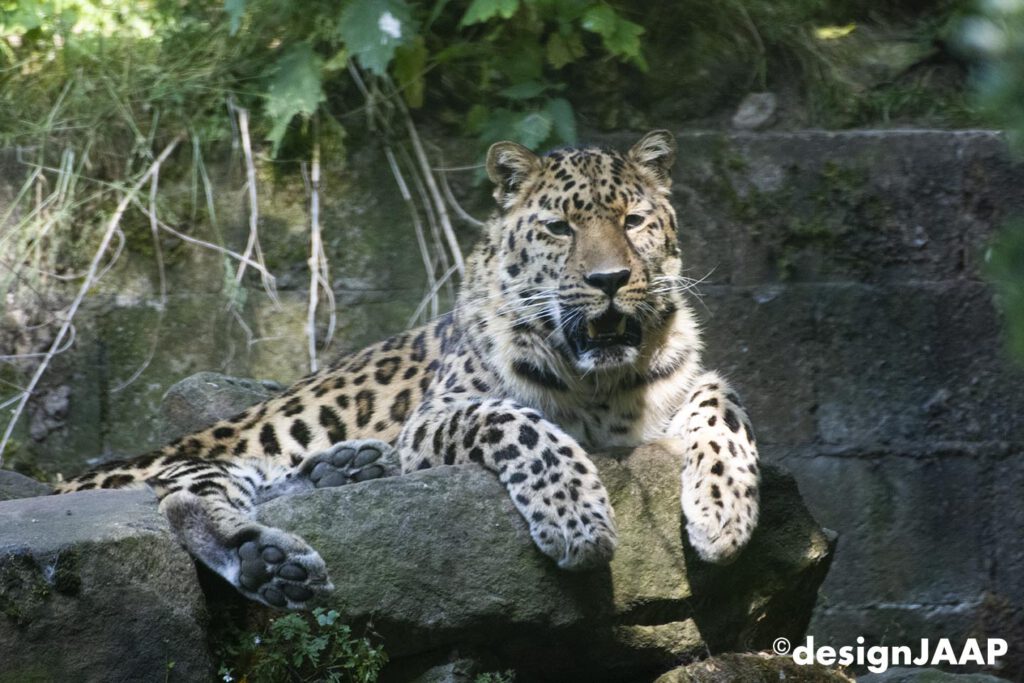
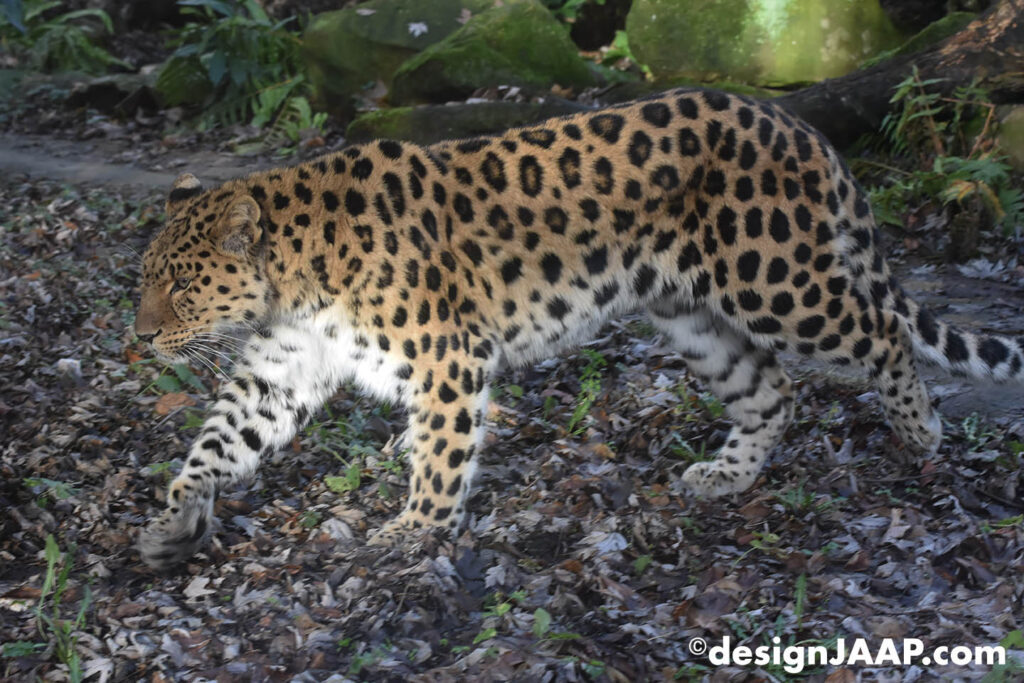

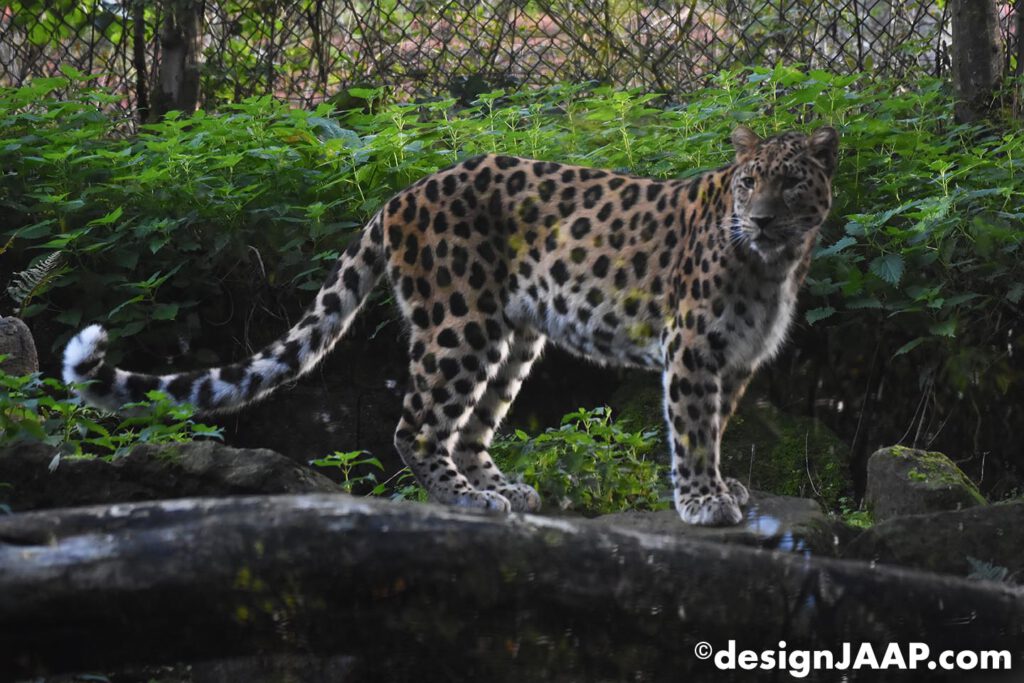
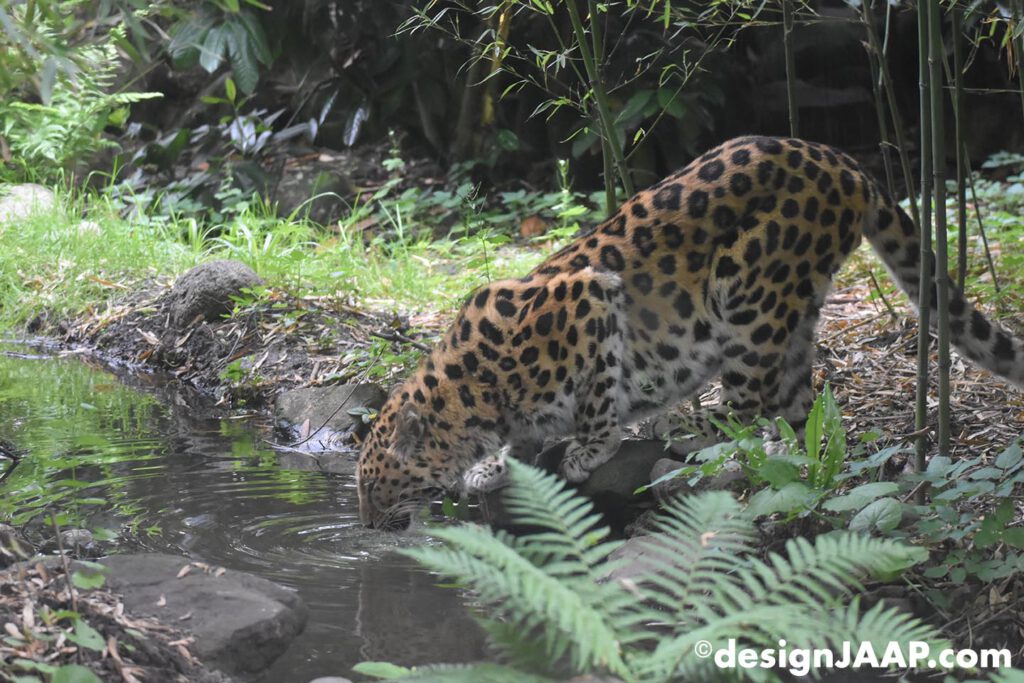
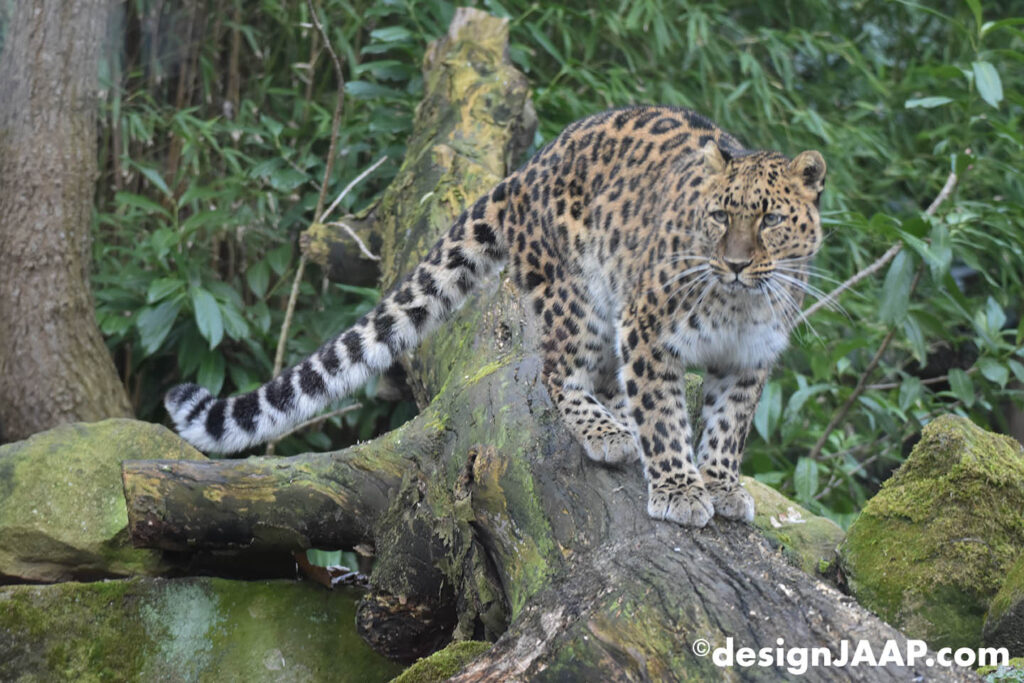
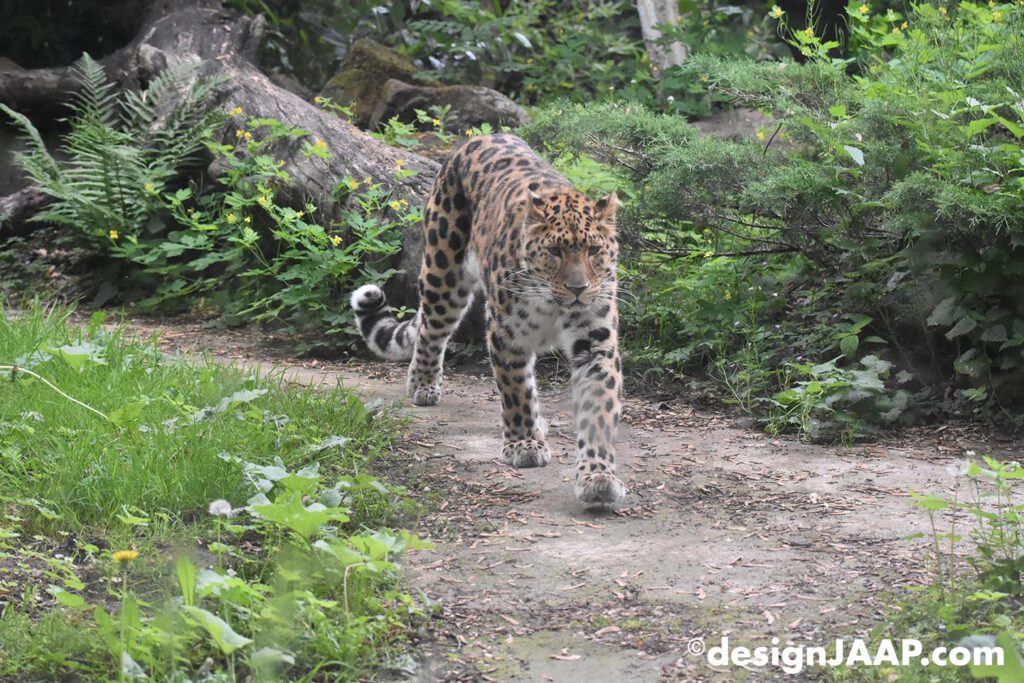
With only around 120 adults left in the wild, the Amur leopard (Panthera pardus orientalis) could be the most endangered big cat on Earth.
Not many people ever see an Amur leopard in the wild. Not surprising, as there are so few of them, but a shame considering how beautiful they are. Thick, luscious, black-ringed coats and a huge furry tails they can wrap around themselves to keep warm.
The Amur leopard is a nocturnal animal that lives and hunts alone – mainly in the vast forests of Russia and China. During the harsh winter, the hairs of that unique coat can grow up to 7cm long.
Over the years the Amur leopard hasn’t just been hunted mercilessly, its homelands have been gradually destroyed by unsustainable logging, forest fires, road building, farming, and industrial development.
But recent research shows conservation work is having a positive effect, and wild Amur leopard numbers are believed to have increased to at least 120 adults, in Russia and north-east China. The Amur leopard, however, still remains one of the rarest and most critically endangered leopard subspecies in the world.
Approximately 200 Amur leopards are in captivity, primarily in zoos in North America, Europe, and former Soviet Union countries.